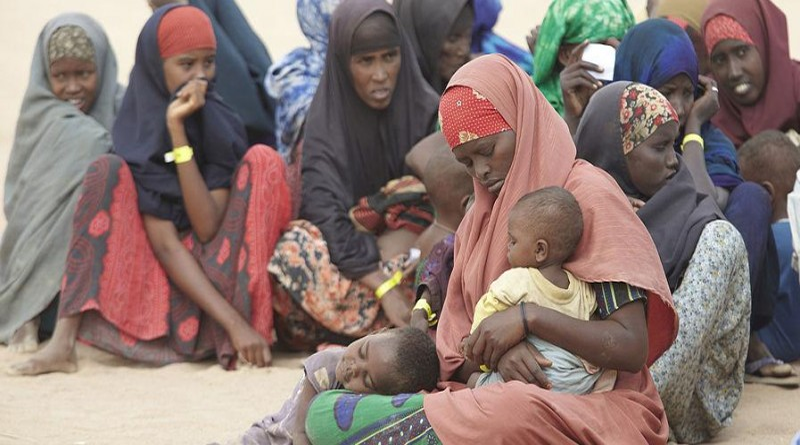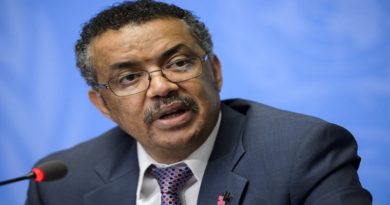Climate swells tide of migrants
Thousands of people – old, young and babies –struggle to reach the coasts of Europe, many dying en route.
In south-east Asia, dozens of Rohingya refugees from Burma suffocate on packed boats, locked by people traffickers below deck while trying to escape their homeland.
Children from Central America die of thirst in the desert, trying to cross into the US.
Some of these refugees are escaping persecution or warfare back home. Others are fleeing from gang violence, or simply searching for a better life. And some have seen their lands degraded by climate change and their livelihoods threatened by floods or drought.
A new report produced by the UK-based Ethical Journalism Network (EJN), and partly authored by journalists from the Climate News Network, concludes that much needs to be improved in the way the world’s media reports on migration issues.
Moving Stories
The report, “Moving Stories”, reviews media coverage of migration in the European Union and in 14 countries across the globe. It is published to coincide with today’s UN International Migrants Day
In Nepal, more than 10% of the population – mostly young men – have migrated over the past 20 years. Most come from mountain villages and go to work on building sites in the Gulf states and elsewhere. Unused to the hot conditions, many have died. But the media in Nepal, says the EJN, lacks the resources to properly investigate such stories.
Refugees from The Gambia, in West Africa, escape repression and poverty at home and make what’s called “the backway” journey across the Sahara to Libya, before falling prey to people traffickers and climbing on to rickety boats to cross the Mediterranean. Again, many die in the process.
But the media in The Gambia is tightly controlled, says the EJN report, and there is little official sympathy for those who choose to leave.
Climate change is not the primary reason these people are on the move, yet it is often a contributing factor




